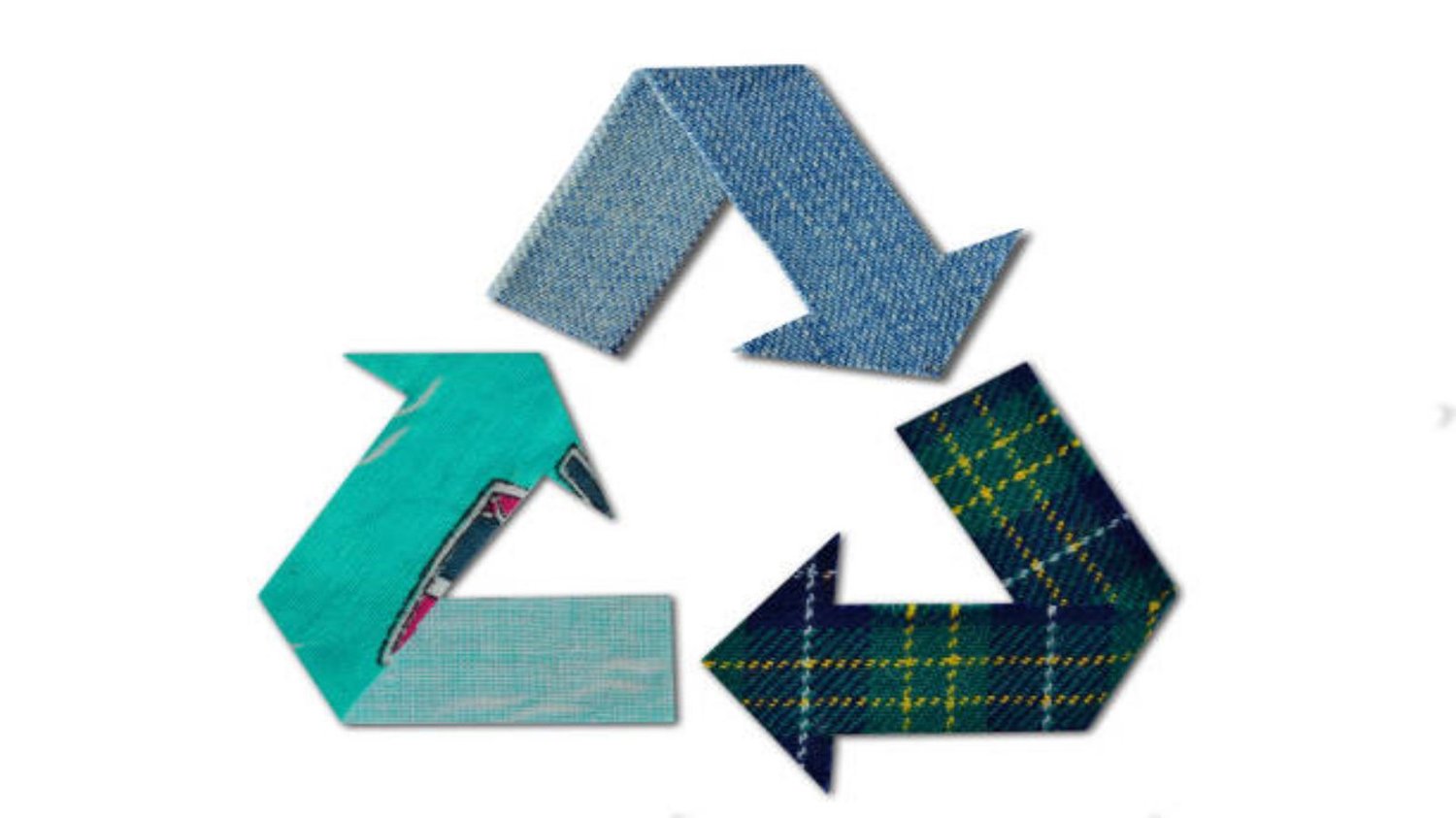The Rise of Sustainable Eco-Friendly Fabric
In today's rapidly changing world, there is a growing awareness of the importance of sustainability and eco-friendliness. This awareness extends to all aspects of our lives, including the clothes we wear. With the fashion industry being one of the largest contributors to pollution and waste, it is crucial to explore alternatives that are both fashionable and environmentally responsible. One such alternative is sustainable eco-friendly fabric, which is gaining popularity among fashion designers and consumers alike.
1. What is Sustainable Eco-Friendly Fabric?
Sustainable eco-friendly fabric refers to textiles that are produced using eco-friendly materials, processes, and practices. These fabrics are made from renewable resources, such as organic cotton, hemp, or bamboo, and are manufactured using methods that minimize environmental impact. They are designed to be biodegradable or recyclable, ensuring that they do not contribute to landfill waste or pollution.
2. Organic Cotton: A Staple of Sustainability
Organic cotton is one of the most commonly used sustainable fabrics in the fashion industry. It is grown without the use of synthetic fertilizers, pesticides, or genetically modified organisms (GMOs). This ensures that the cultivation of organic cotton has a minimal impact on the environment and promotes biodiversity. Additionally, organic cotton is softer and hypoallergenic, making it a comfortable and safe choice for clothing.
3. The Versatility of Hemp Fabric
Hemp fabric is another sustainable option that is gaining popularity. Hemp is a fast-growing plant that requires minimal water and no pesticides to thrive. It is naturally resistant to pests, eliminating the need for harmful chemicals. Hemp fabric is durable, breathable, and has antibacterial properties, making it an excellent choice for garments that are both stylish and sustainable.
4. Bamboo: The Eco-Friendly Wonder
Bamboo fabric is a versatile and eco-friendly alternative to conventional textiles. Bamboo plants grow quickly and require no irrigation or pesticides. The fiber extracted from bamboo is naturally antibacterial, hypoallergenic, and moisture-wicking, making it ideal for activewear and undergarments. Bamboo fabric is also known for its softness and breathability, providing comfort without compromising sustainability.
5. Innovative Fabrics from Recycled Materials
Advancements in technology have led to the development of innovative fabrics made from recycled materials. These fabrics can be created from various sources, such as recycled polyester made from plastic bottles or regenerated nylon derived from discarded fishing nets. By repurposing waste materials, these fabrics reduce the demand for virgin resources and help divert waste from landfills.
6. The Importance of Low-Impact Dyeing
While the choice of fabric is crucial for sustainability, the dyeing process also plays a significant role. Traditional dyeing methods often involve the use of toxic chemicals that can harm the environment and human health. Low-impact dyeing techniques, on the other hand, utilize natural or low-toxicity dyes and consume less water. By opting for fabrics dyed using these methods, we can reduce the environmental impact of our clothing.
7. The Benefits of Minimalist Design
Another aspect of sustainability in fashion is the design itself. Minimalist design focuses on creating timeless and versatile pieces that can be worn for years to come. By embracing minimalism, we can reduce the need for constant consumption and contribute to a more sustainable fashion industry. Sustainable eco-friendly fabrics lend themselves well to minimalist design, as their durability allows for long-lasting garments.
8. Embracing the Circular Economy
The concept of the circular economy is gaining traction in the fashion industry. It promotes the idea of creating a closed-loop system, where products are designed with their end-of-life in mind. Sustainable eco-friendly fabrics are an integral part of this approach, as they can be easily recycled or composted. By embracing the circular economy, we can reduce waste and create a more sustainable and efficient fashion industry.
9. The Role of Consumer Demand
As consumers become more conscious of the environmental impact of their choices, the demand for sustainable eco-friendly fabrics continues to rise. By choosing to support brands that prioritize sustainability, consumers can drive change within the fashion industry. Increased demand for these fabrics encourages more designers to adopt eco-friendly practices, ultimately leading to a more sustainable and ethical fashion landscape.
10. The Future of Fashion: Sustainable and Stylish
Sustainable eco-friendly fabric is not just a passing trend; it is the future of fashion. As the detrimental effects of fast fashion become increasingly evident, the need for sustainable alternatives becomes more pressing. By embracing sustainable eco-friendly fabrics, we can create a fashion industry that is both stylish and responsible, ensuring a better future for our planet and generations to come.

